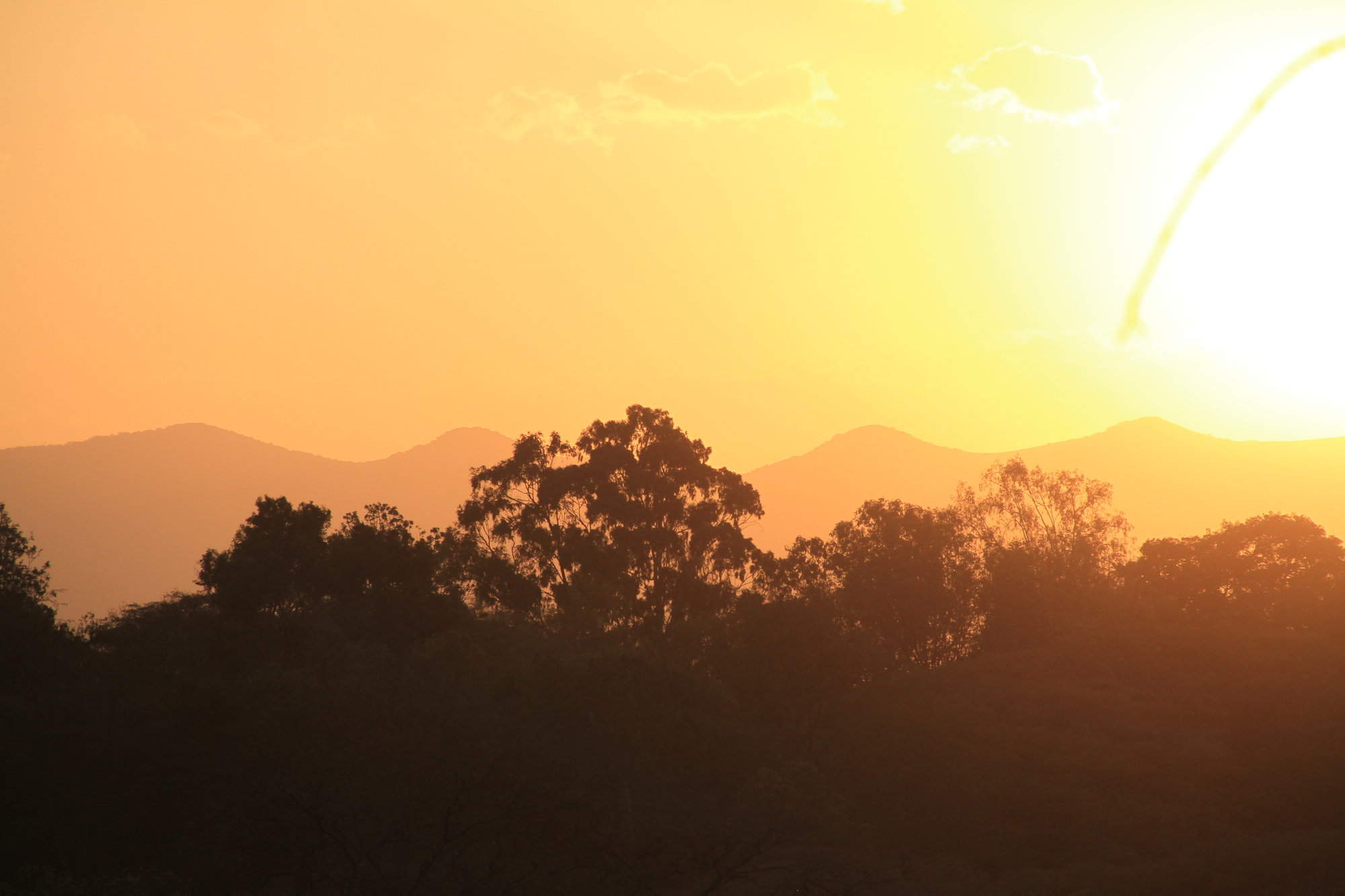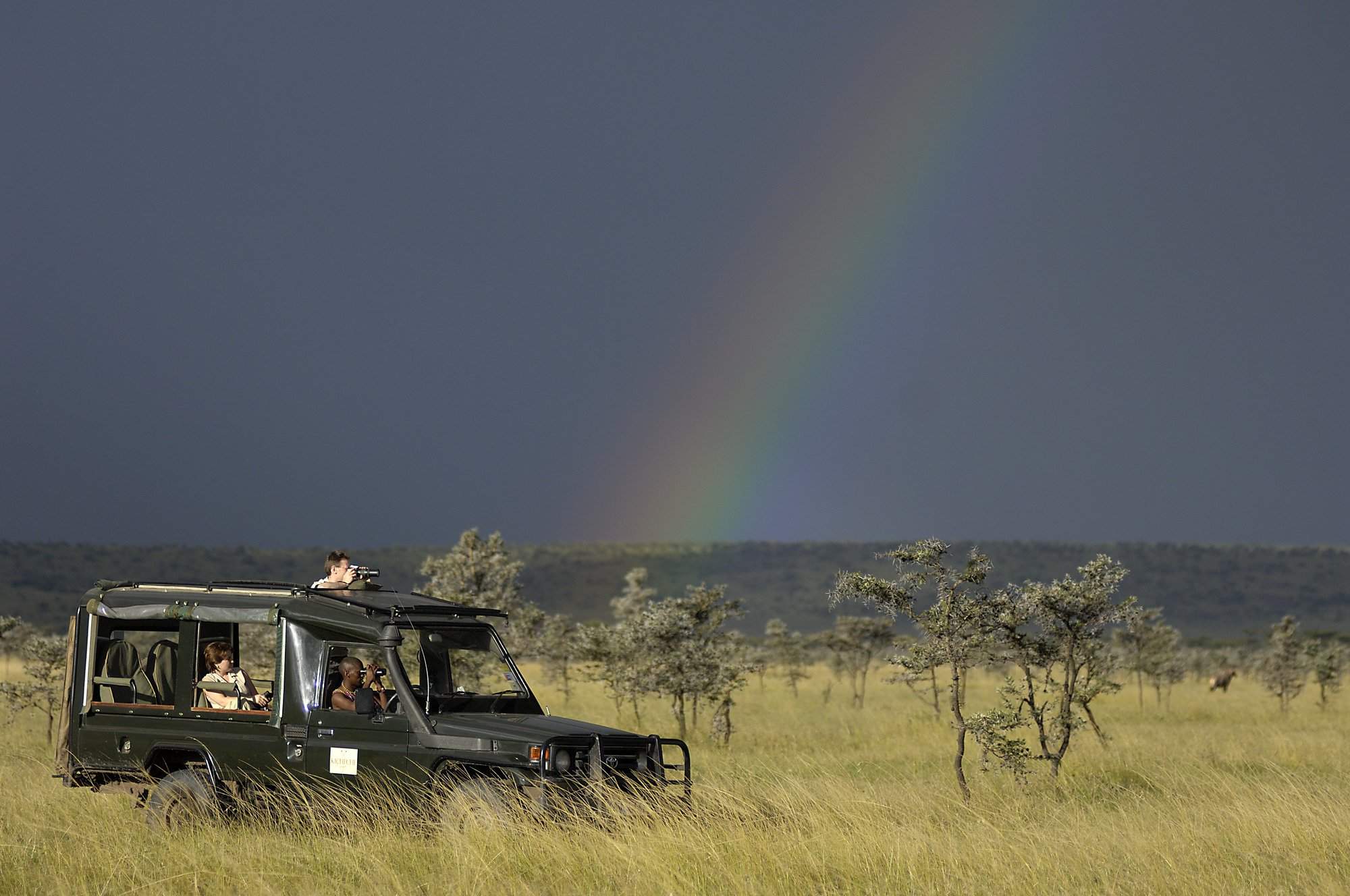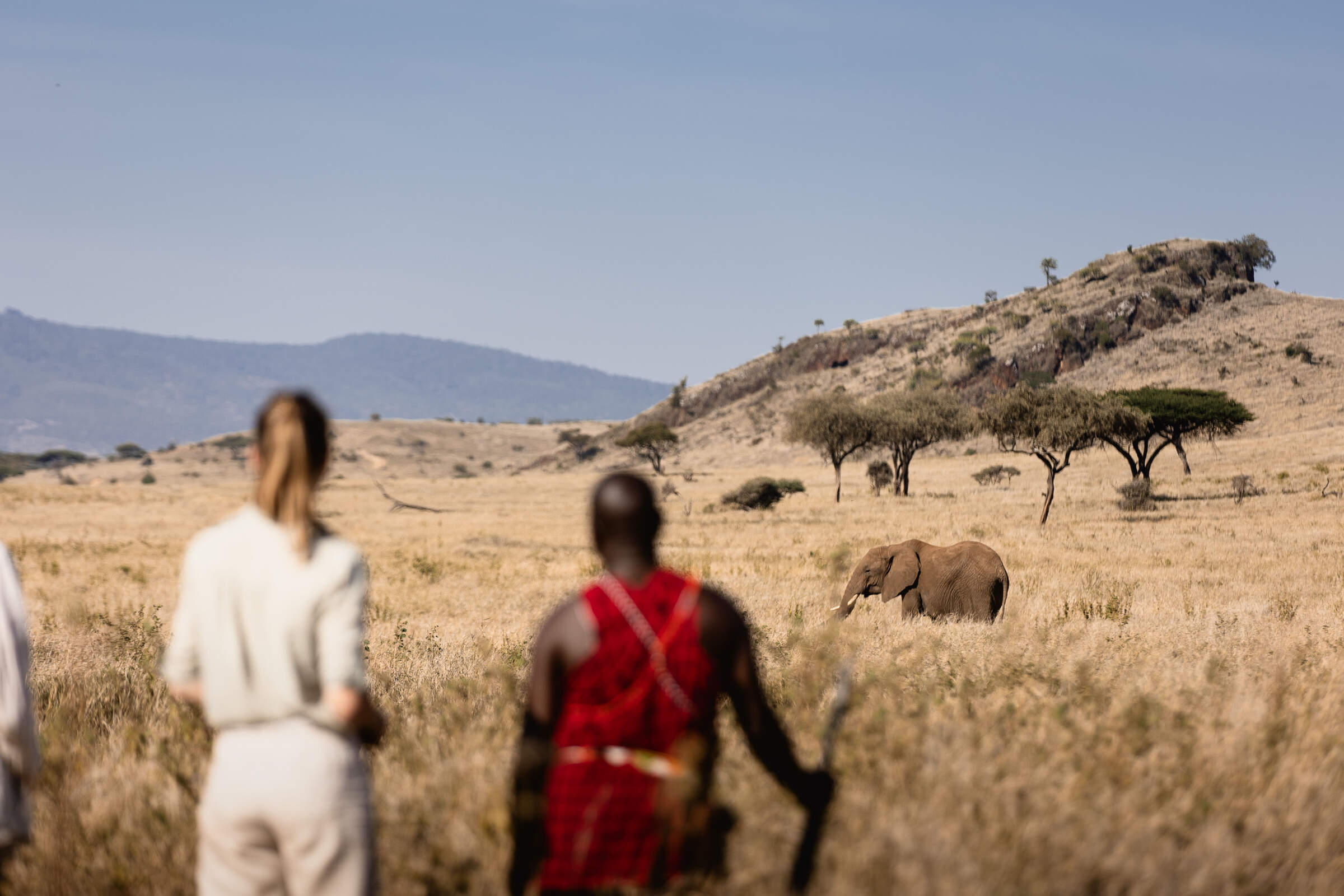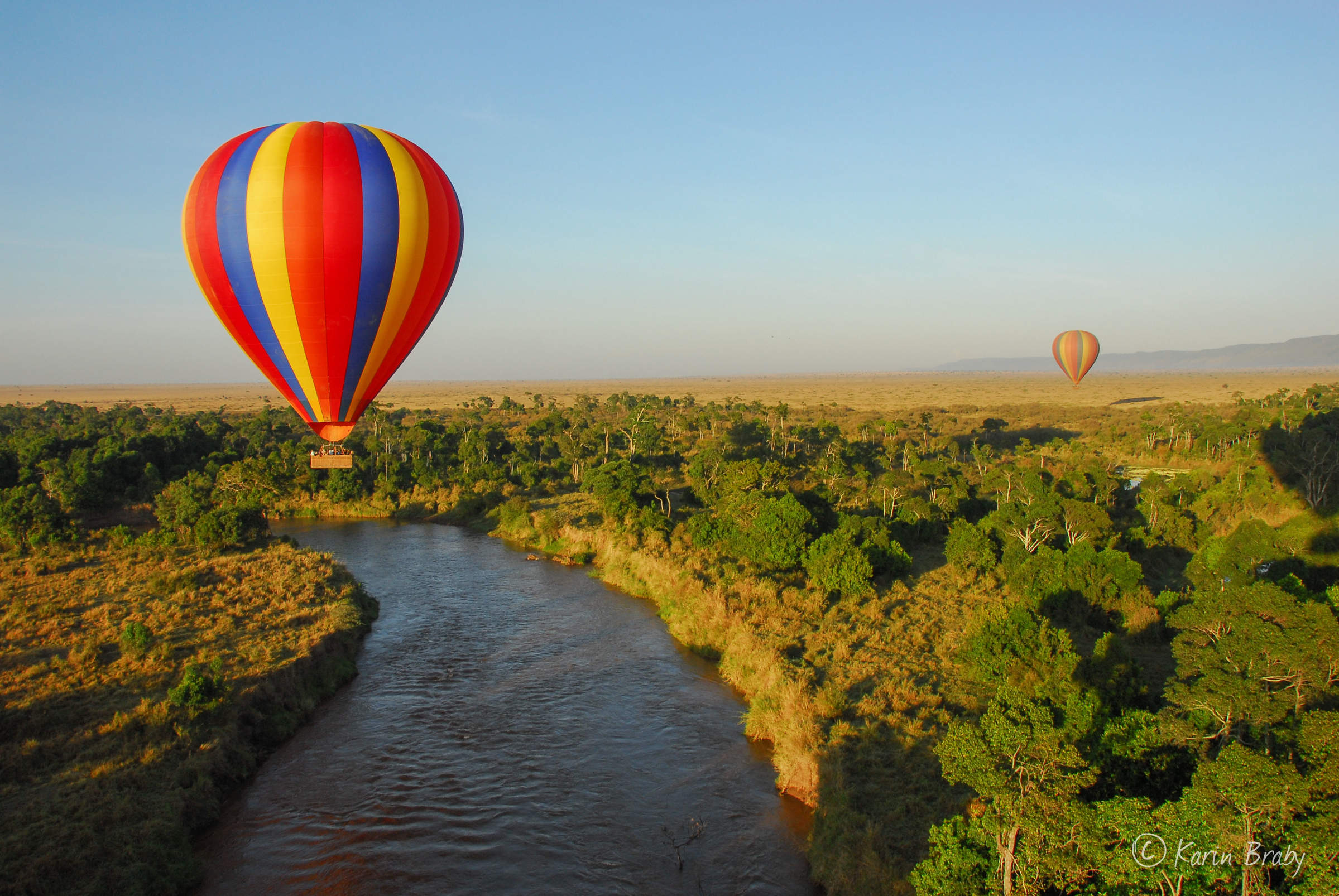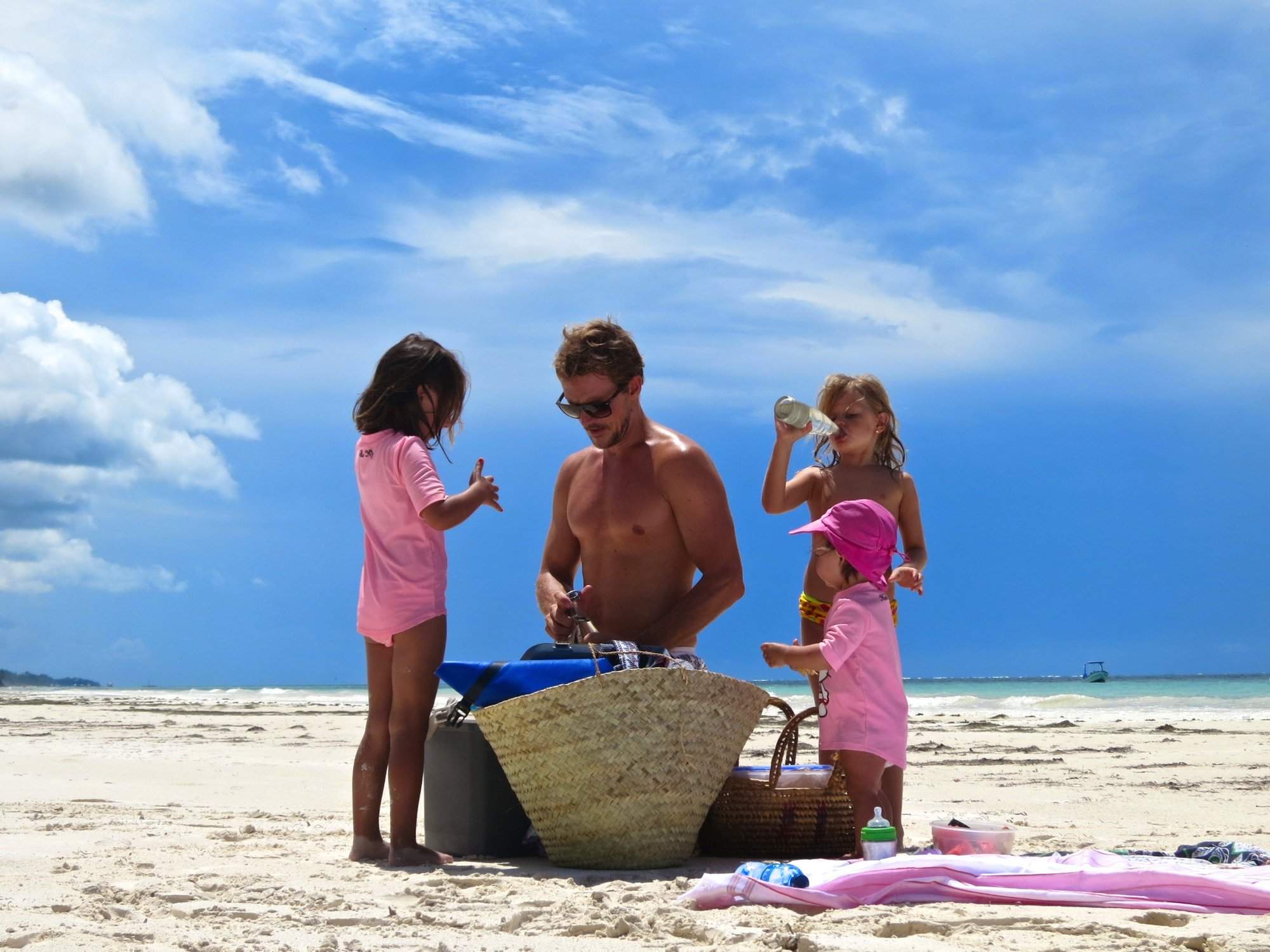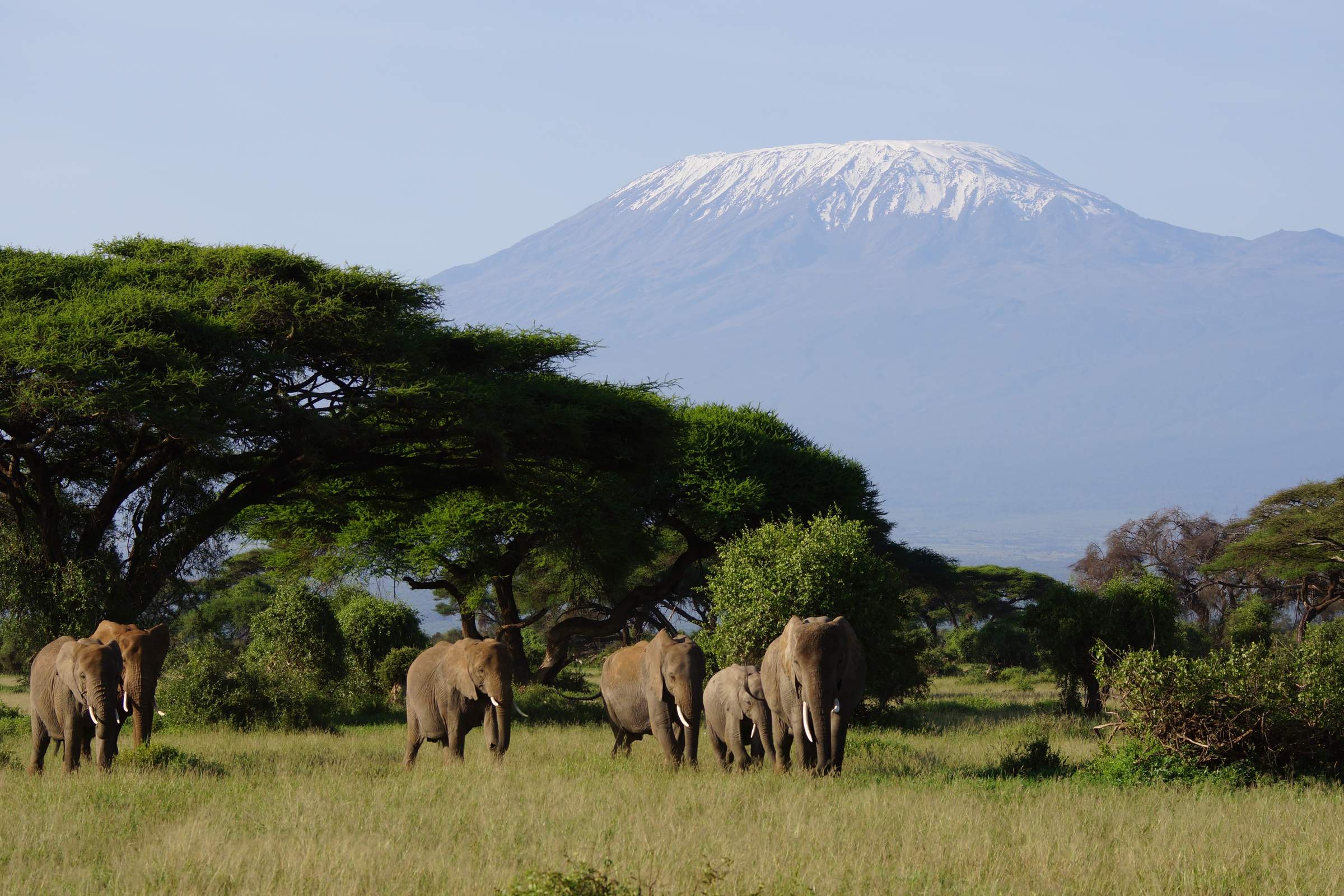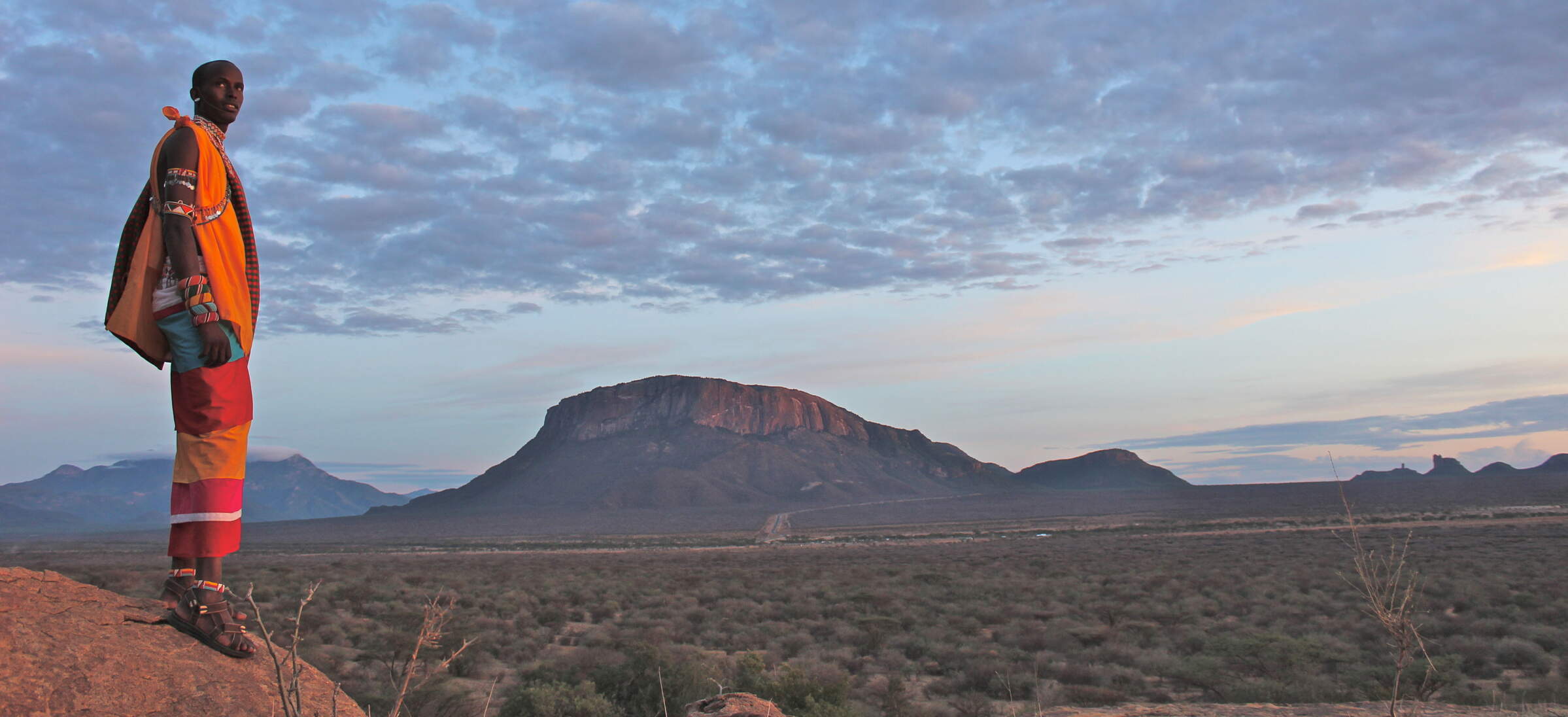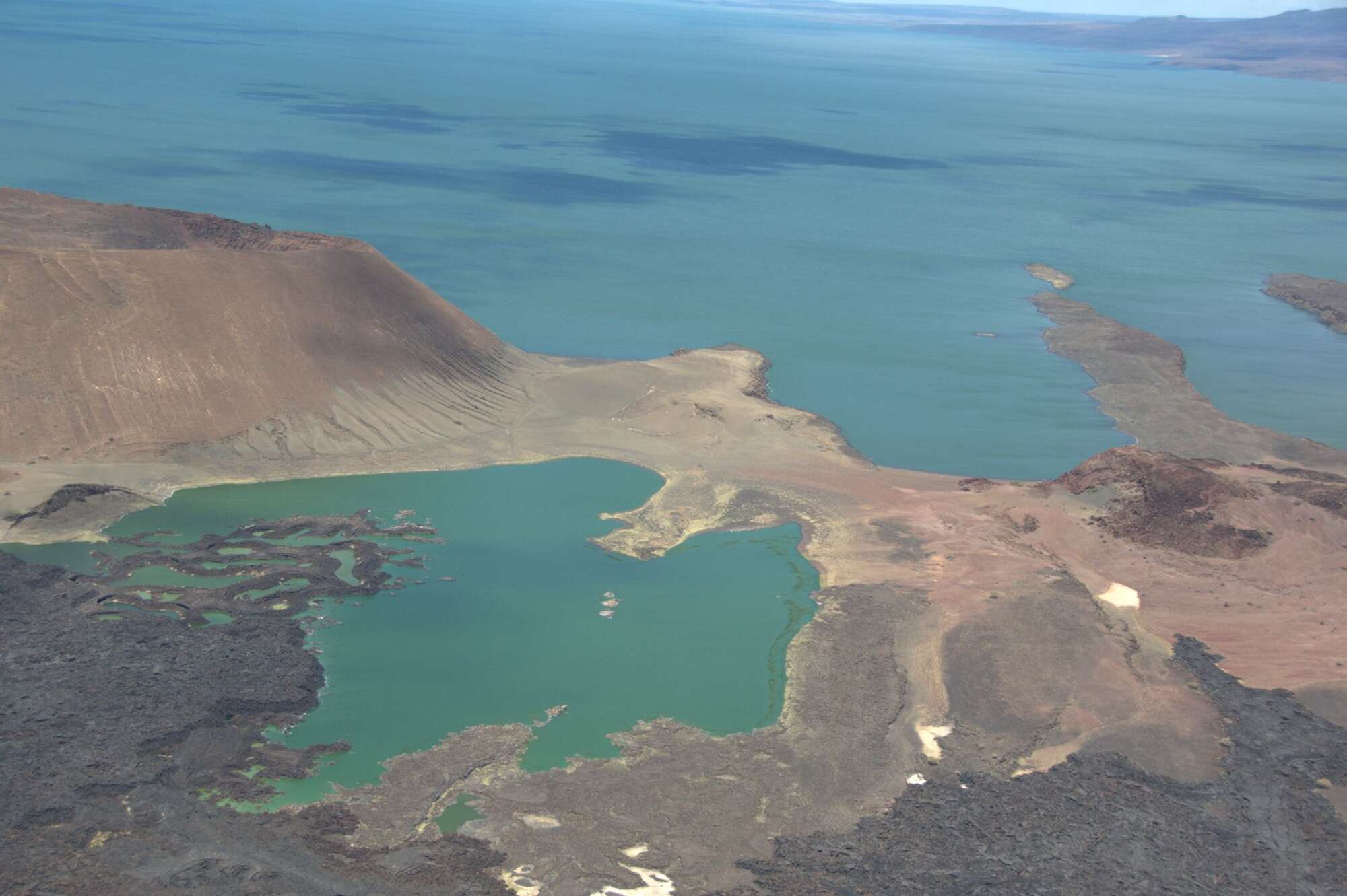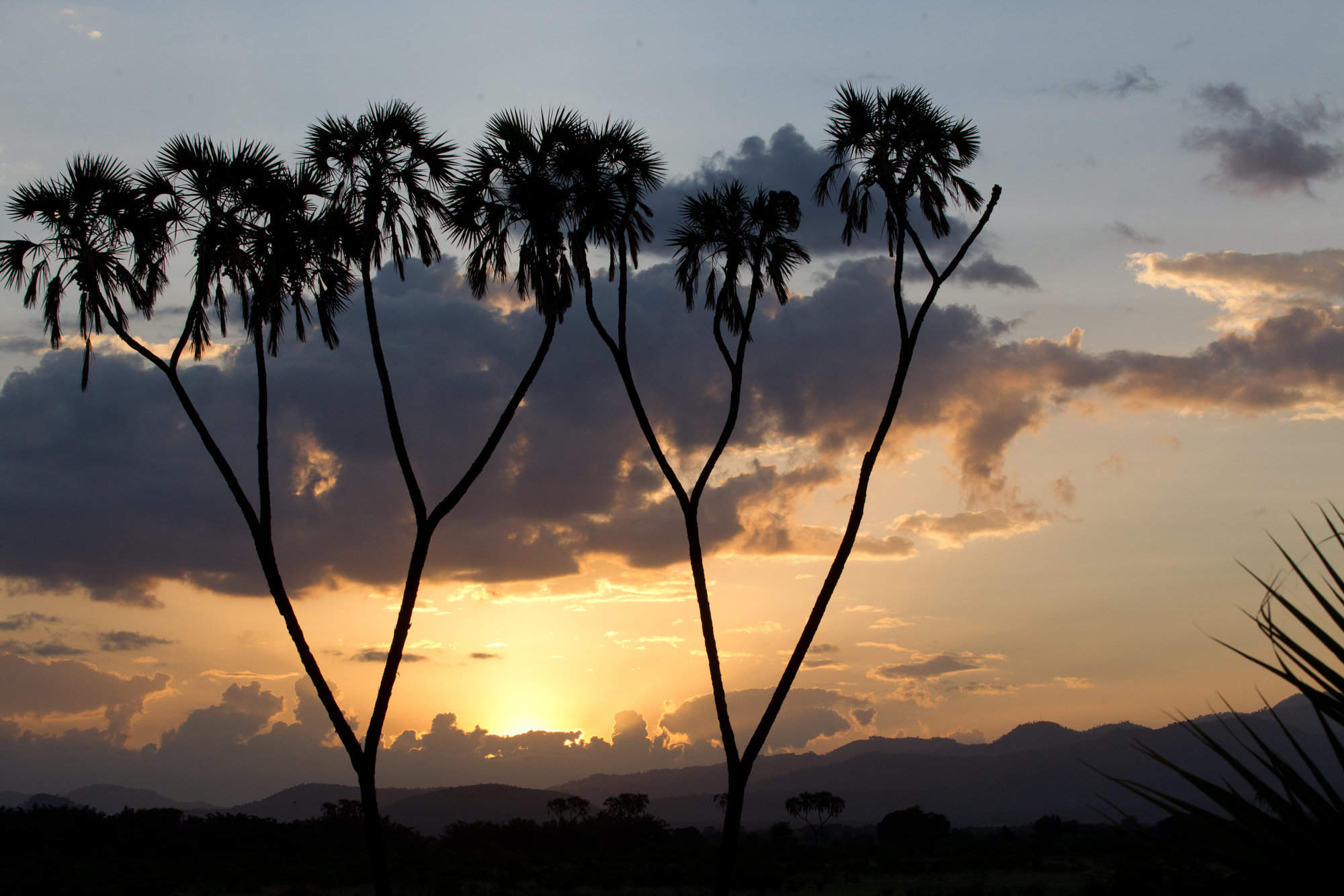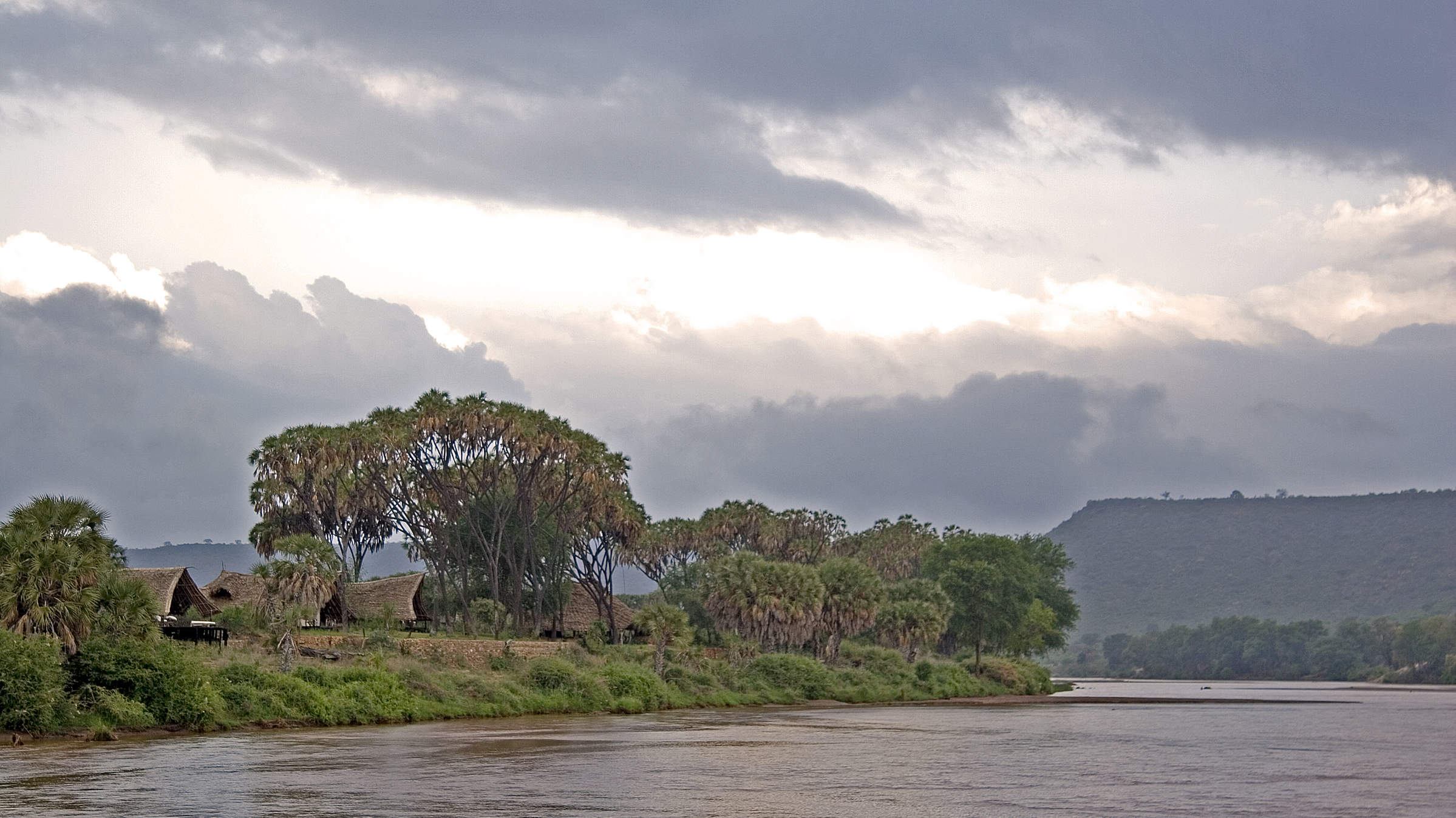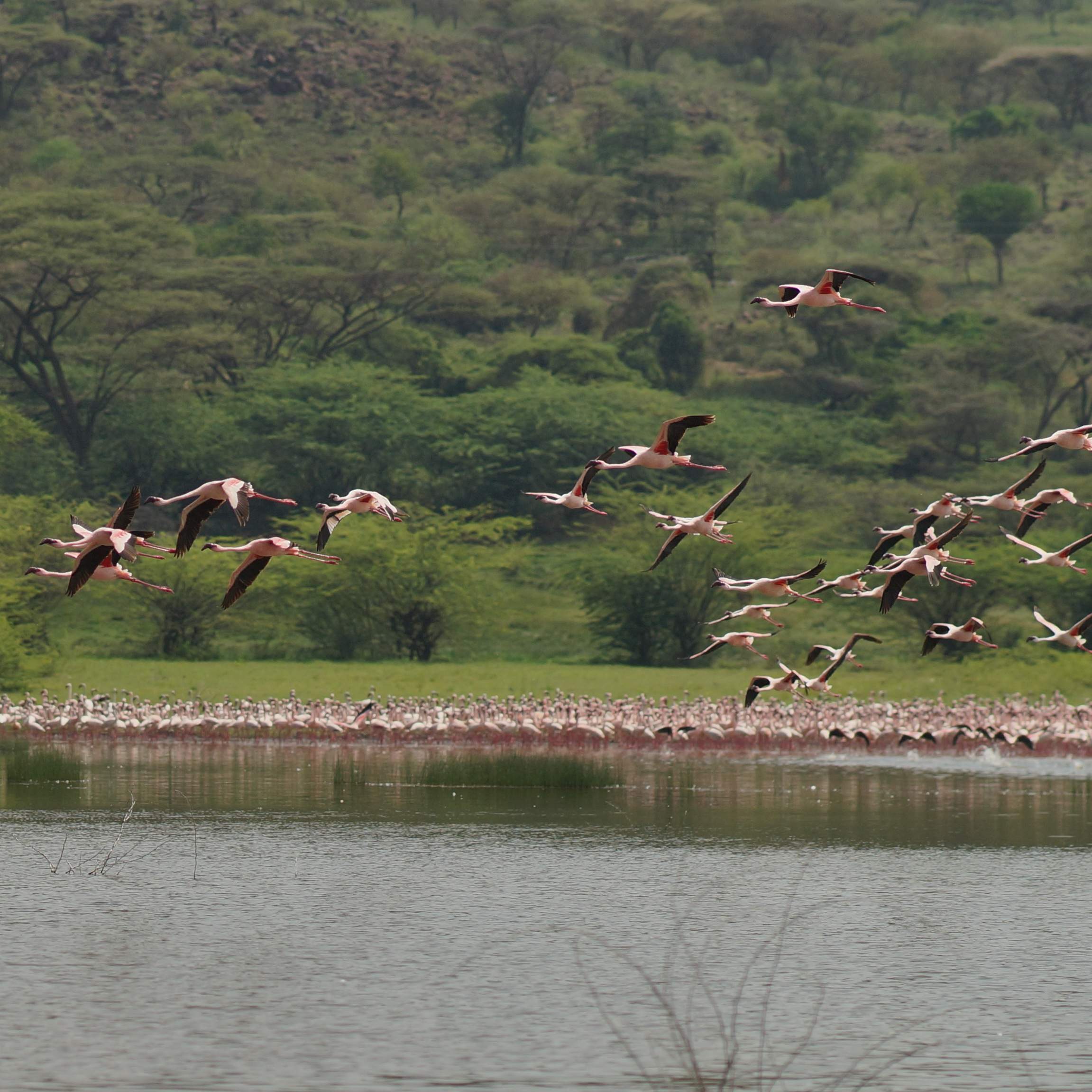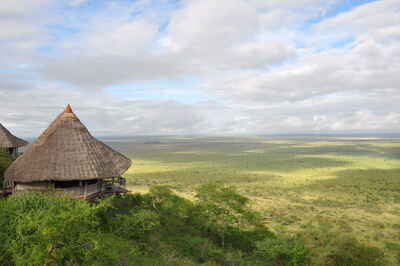
Visits mainly focus on the Developed Area in the north of the park.
Tsavo West National Park is hilly and dotted with volcanic cones.
Lodges, such as Lion's Bluff, here, are often spectacularly sited.
Tsavo West's landscapes range from forest-fringed lakes to gaunt lava fields.
Tsavo West National Park
Tsavo West National Park
Dotted with dramatic lava flows and graced by the unique Mzima Springs, Tsavo West has good wildlife and few visitors.
Although Tsavo West and Tsavo East were once a single mega-park, they were separated decades ago, along a line coinciding with the Mombasa highway – and they feel like quite distinct national parks with different eco-systems: the open, flat-to-undulating plains and scattered bush of Tsavo East National Park and the much more wooded, hilly landscapes, dotted with volcanic cones and dramatic, black lava flows, that characterise Tsavo West National Park.
Just as Tsavo East has its core area in the far south, so Tsavo West safaris invariably concentrate on a core part of the park, in the north, known as the Developed Area – a 1,000km² area north of the Tsavo River, with magnificent landscapes and a good network of sand and gravel park roads. This district’s well-watered, volcanic soil supports a good range of woodland and savannah habitats for the full panoply of Kenyan wildlife – although in the hilly bush, the animals can be hard to see.
To the south of Tsavo West, the Lumo Community Wildlife Sanctuary, directly bordering the well-known Taita Hills Game Sanctuary, is one of Kenya’s most successful community conservation initiatives. If you’re interested in Lumo safaris you’ll find there’s just one lodge on the conservancy and that it shares a common border with the Taita Hills Sanctuary.

Safaris visiting Tsavo West
Just ideas, we'll always tailor-make a trip for you
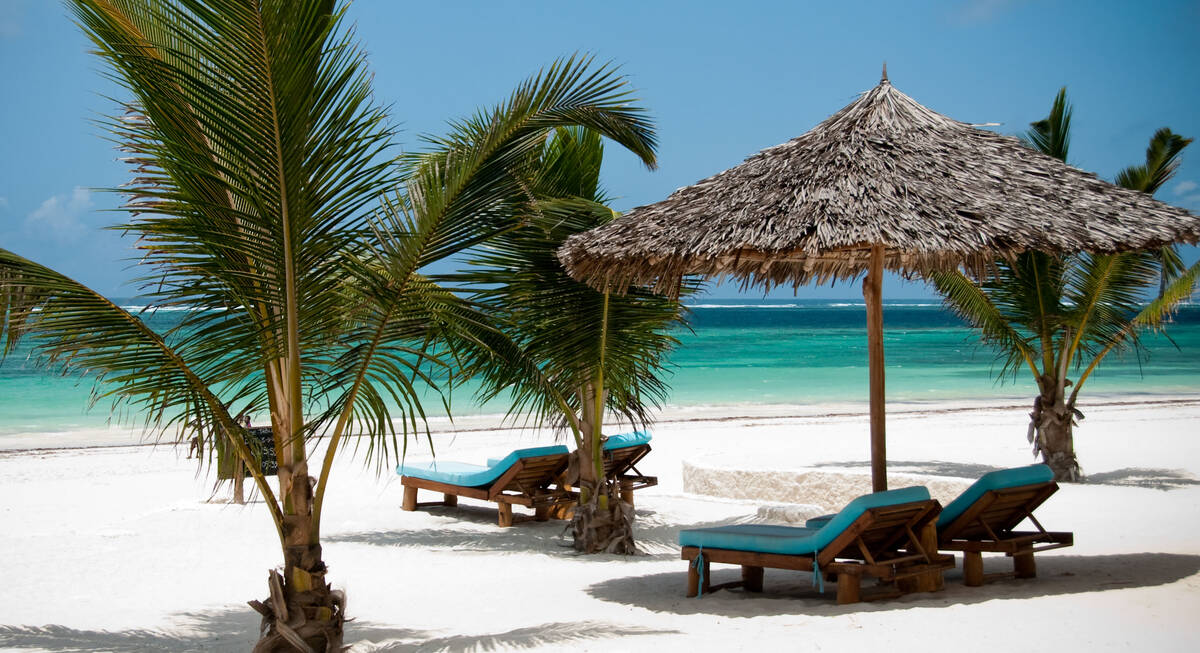
Elephant Safari
10 days • 3 locations
NAIROBI AIRPORT TO NAIROBI AIRPORT
This example of a mid-range Kenya safari and beach trip explores the wildlife of Tsavo West's volcanic plains and woodlands, Tsavo East's immense plains and the white-sand beaches and lush environment of Diani Beach.
US$5,860 - US$6,300 per person
Most recent reviews of our safaris to Tsavo West
Click below to browse all 10 reviews from Tsavo West National Park. All from our travellers; all are in full & unedited.
Arrived 27 Oct 2024, 7 nights
"Kenya 2024 "
Overall rating: Excellent
Arrived 12 Oct 2024, 15 nights
"My Oct 2024 trip"
Overall rating: Excellent
Arrived 1 Sep 2023, 9 nights
"My Sep 2023 trip"
Overall rating: Excellent
Arrived 15 Mar 2022, 21 nights
"My Mar 2022 trip"
Overall rating: Excellent
Arrived 7 Mar 2019, 5 nights
"Satao / Tsavo "
Overall rating: Excellent
Arrived 29 Jan 2019, 13 nights
"Another Great Safari"
Overall rating: Excellent
Arrived 7 Oct 2017, 14 nights
"Multi-centre safari & beach holiday in Kenya"
Overall rating: Excellent
Arrived 4 Aug 2017, 20 nights
"Trip of a lifetime"
Overall rating: Excellent
Arrived 28 May 2017, 12 nights
"May-June Kenya, Tsavo trip was great"
Overall rating: Excellent
Where to stay in Tsavo West
Our suggestions for safari camps in Tsavo West National Park
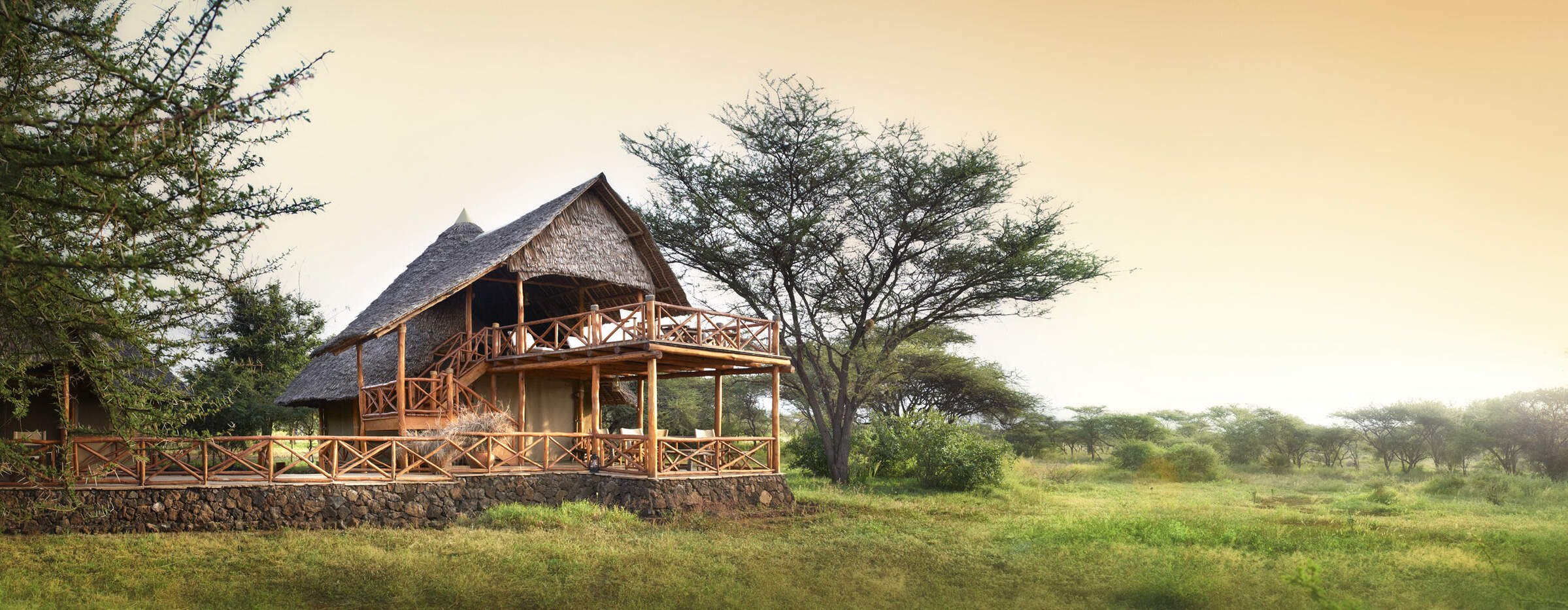
Severin Safari Camp
Severin Safari Camp is a carefully managed and unfenced safari camp, in a game-rich part of Tsavo West, close to Mzima Springs and dramatic nearby lava flows.
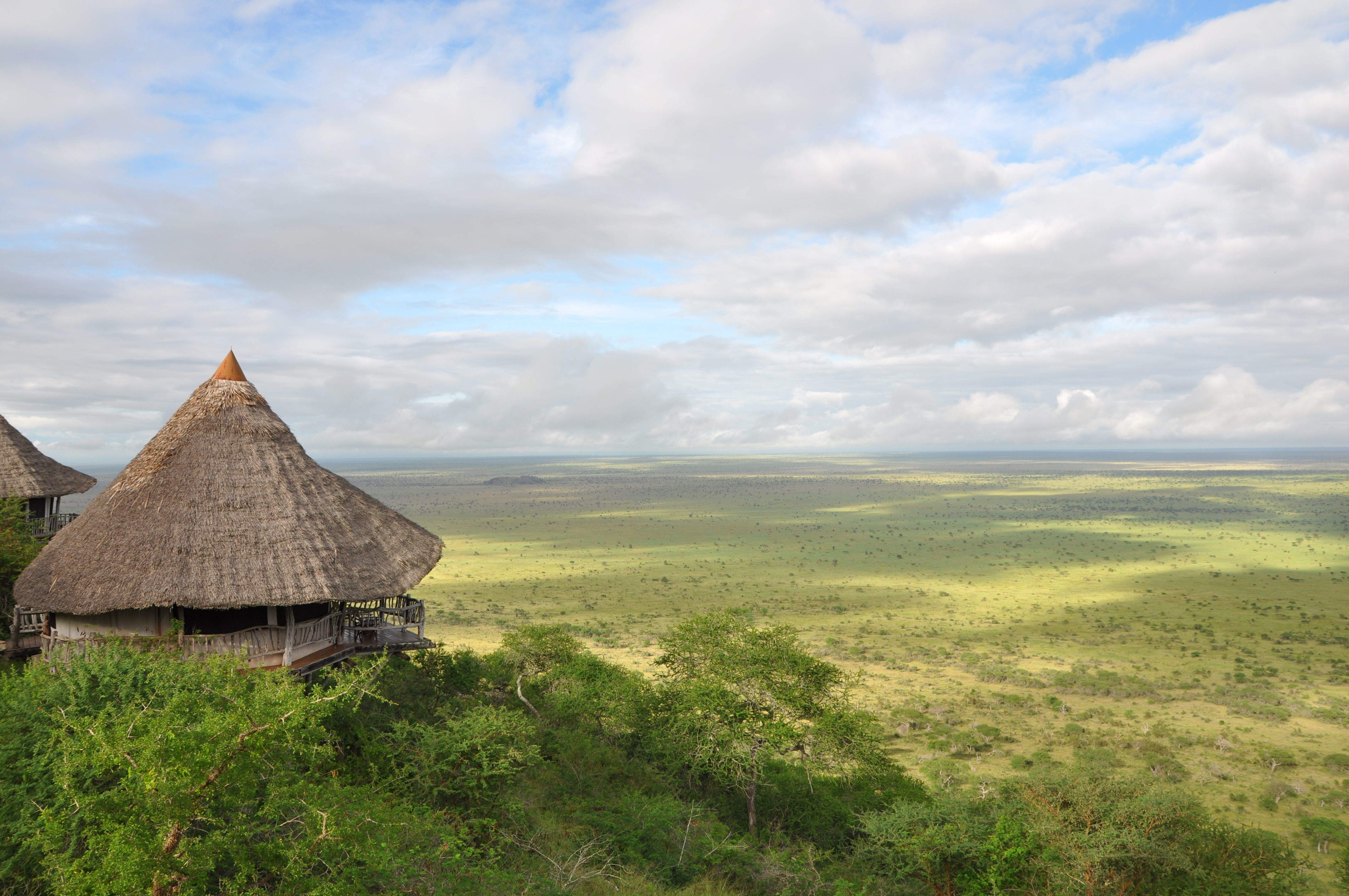
Lions Bluff Lodge
The community-owned Lion’s Bluff is spectacularly sited at the end of a dramatic ridge, with stunning sunsets and sunrises and good views of Kilimanjaro in clear weather.
Our travellers’ wildlife sightings in Tsavo West
This is their success for sightings in Tsavo West National Park. Click on a species for more detail. How we work this out.

100% success

100% success

100% success

100% success

86% success

83% success

57% success

57% success

43% success

38% success

29% success

29% success

0% success

0% success

0% success

0% success

0% success
When to go to Tsavo West National Park
Our month by month guide: What it's like to visit Tsavo West in Kenya
Jan
Feb
Mar
Apr
May
Jun
Jul
Aug
Sep
Oct
Nov
Dec
Kenya in January
Clear, hot days and warm nights make this high season a popular time for safaris and it’s also good for diving and snorkelling as water clarity is excellent and gets better as the dry season progresses. Most lodges and tented camps treat January after the New Year week is over, as mid-season, making it a good compromise in terms of value for money with reasonably reliable, dry weather and some greenery left in the landscape.
Expert Africa bases its description of climate and weather in January, like the other months of the year, on the climate records of roughly the last 100 years, and it's fair to say that the weather and seasons since the beginning of this century have been highly irregular and unpredictable.
- On average, January is the second driest month of the year
- Elephants dig waterholes in the dry riverbed in the Samburu reserve.
- Wildebeest and many antelope have their calving season, to February.
- Migrant birds are seen in huge numbers, especially in the Rift Valley.
- Sea water clarity around the coral reefs generally good.
Our view
Fantastic: the very best time to visit
Weather in January
Kenya in February
With the short dry season well established, the grass grazed down and wildlife gathering close to water points, this is still a good time for a safari. Good water clarity in the Indian Ocean's coastal waters makes for excellent diving and snorkelling conditions.
Expert Africa bases its description of climate and weather in February, like the other months of the year, on the climate records of roughly the last 100 years, and it's fair to say that the weather and seasons since the beginning of this century have been highly irregular and unpredictable.
- On average, February is the driest month of the year.
- It’s sometimes possible to swim with whale sharks at Diani Beach.
- Migrant birds are still seen everywhere, especially near water.
- This is usually peak calving season for wildebeest and many antelopes.
- This month is often the hottest of the year, especially on the coast.
Our view
A very good time to visit
Weather in February
Kenya in March
Hot, increasingly humid weather – with good diving and snorkelling conditions at the start of the month – gives way to rains and lower accommodation costs. Expert Africa bases its description of climate and weather in March, like the other months of the year, on the climate records of roughly the last 100 years, and predicting the seasons since the beginning of this century has been difficult.
March is the month when – traditionally – intensely hot conditions build up until a cloudburst finally happens at the end of the month or in early April, to relieve the humidity. As ever, regional variations across the country can greatly impact on visitors' experiences.
- Sea-water clarity is best for diving before the long rains start.
- Visitor numbers are low, though the Easter holidays can be busier.
- Night skies can be scintillatingly clear in early March.
- Cropped down savannah grasses can make it easier to see the wildlife.
- Temperartures climb high, especially at lower elevations.
Our view
A good time to visit, with pros & cons
Weather in March
Kenya in April
April sees the full onset of the southeast monsoon wind or kusi, which heralds the long rains. Temperatures drop soon after the rains are established and you’ll often have facilities largely to yourself in this more affordable low season, sometimes known as the "green season". The bush quickly springs to life, with greenery sprouting almost before your eyes. While you're likely to get a fair number of heavy showers, the breaks in the rain can yield sparklingly clear conditions.
With the dust settled and bright sun piercing the clouds, conditions can be sublime for photography, especially first thing in the morning or in the late afternoon with another storm brewing. You may be lucky, or you may find conditions very wet and muddy.
- A wet month, the coast often gets more than 300mm (12in) of rain.
- Sunny spells can provide great light for photography.
- Buffalo and zebra calving season often happens in this month.
- Baby crocodiles hatch, for example on Central Island in Lake Turkana.
- Palearctic migrant birds gather to fly north to breeding grounds.
Our view
A time to avoid if possible
Weather in April
Kenya in May
While game viewing can be trickier as vegetation runs riot, between the cloudbursts the colours and light are great for photography at this time of year. Expert Africa bases its description of climate and weather in May, like the other months of the year, on the climate records of roughly the last 100 years, and while it's reasonable to expect heavy rains in many parts during this month, especially on the coast, the rains don't always come evenly or in some areas come at all.
In an El Niño year, the so-called long rains that normally are established across much of the country by May can be meagre, to the despair of farmers. On the other hand in a La Niña year, the long rains can bring floods. On the coast, the monsoon winds make the climate much more predictable, with heavy rains common throughout this month.
- Frogs breed in the ponds in the Arabuko Sokoke Forest near Watamu.
- Wildebeest, impala and other grazers are in rut (the breeding season).
- Kilimanjaro looks its best as heavy rain falls as snow on the summit.
- There's a sharp peek of rainfall on the coast with many rainy days.
- Accommodation prices are uniformly low, while some camps close.
Our view
A time to avoid if possible
Weather in May
Kenya in June
The rains give way to cloudy, cooler weather, often making for comfortable conditions by the end of the month, especially in the highlands. Starting from mid-June or the beginning of July and running until the end of October, this is the high season, and accordingly has higher accommodation rates and – at least until early September – higher numbers of visitors.
While the early part of June can often be rainy on the coast, it can be a great time to go on safari, with fresh greenery, many young animals and good photographic conditions with clear air.
- The Taru Desert, inland from the coast, is carpeted with flowers.
- The Lake Turkana Cultural Festival is held in Loiyangalani.
- Madaraka Day (commemorating self rule) is 1 June.
- The annual Lewa marathon runs a course through the wildlife.
- The Diani Rules "sports" event rips up the rulebook at Diani Beach.
Our view
A good time to visit, with pros & cons
Weather in June
Kenya in July
Kenya’s “winter" season sets in (winter is a misnomer but locals feel the change), and the highlands can be rather grey. Skies are often cloudy and the days can be surprisingly cool, with an average daytime high in many highland safari areas of 15-20°C and night-time temperatures dropping below 10°C in Nairobi and the highlands. Lower parts of the country and the coast are usually warm and dry, typically reaching highs of around 25°C with lows in the high teens.
As this is the start of the high season, coinciding with the usual arrival of the wildebeest migration in the Maasai Mara, July is a busy month. Ask your Expert Africa specialist to advise on how to avoid the crowds, which is not that difficult to do.
- The wildebeest migration usually reaches the Maasai Mara in July.
- Simbi Lake (Kisumu) and Crater Lake (Naivasha) can attract flamingoes.
- Watersports start to pick up and some surfing is possible at Malindi.
- Afternoon thunderstorms are a common feature in the Maasai Mara.
- The sea can be choppy along the coast, making diving difficult.
Our view
A good time to visit, with pros & cons
Weather in July
Kenya in August
The Great Migration fills the plains of the Maasai Mara, and school’s out, so the park roads are full of tourists – ask your Expert Africa specialist for advice on crowd avoidance tactics. Choose a private conservancy rather than a public national park or national reserve for quieter conditions.
Like July, August is generally mild and relatively dry in the safari areas, but it can be very chilly in the highlands, even in the middle of the day, and hail occasionally falls above altitudes of around 2,400m (8,000ft). Nairobi can be disappointingly overcast, with low cloud.
- Apart from Christmas holidays, this is the busiest month of the year.
- Late August sees peak wildebeest drama at the Mara River crossings.
- Coastal winds are good for kite- and wind-surfing.
- Few mosquitoes are around at this generally dry time of year.
- The annual Camel Derby takes place in the Samburu capital, Maralal.
Our view
A good time to visit, with pros & cons
Weather in August
Kenya in September
The skies clearing of cloud signals the start of hot, dry weather with little chance of rain – and, after the first few days of the month, far fewer visitors – making the latter part of September a good time for a quieter safari. While early September is often good for dramatic migration crossings along the Mara River, you might consider deliberately postponing your trip until later in the month, when the migration can still be very impressive and visitor numbers fewer.
If tourist surges are somewhat predictable, however, the patterns of the wildebeest migration are more volatile, and like all of Expert Africa's climate and weather assessments, they are based on accumulated years of experience rather than guaranteed certainty.
- This is still high season, with prices to match.
- Many river crossings take place on the Mara river in both directions.
- Natural bush fires flush out insects and small animals for predators.
- The Rift Valley Music Festival takes place by Lake Naivasha.
- With school holidays over by early September, late-month is quieter.
Our view
Fantastic: the very best time to visit
Weather in September
Kenya in October
Still hot, mostly dry and not too busy, this is many people’s preferred month for a safari, and it’s also good for diving and snorkelling. The wildebeest and zebra herds of the great migration are often still to be seen, though in dwindling numbers. The swamps of Amboseli attract thirsty wildlife including large herds of elephants.
While we wouldn't expect much rain across most of the country this month, the climate has become so unpredictable that you can never say never, and the possibiity of the short rains – usually associated with November to mid-December, starting early, can't be discounted.
- This month sees the tail end of the great migration in the Mara.
- Palearctic migrant birds start to arrive, staying until March.
- Turtle nests hatch at Watamu, until November.
- Amboseli elephants focus on the swamps for their daily water.
- The Indian Ocean monsoon winds turn from southeast to northeast.
Our view
A very good time to visit
Weather in October
Kenya in November
The northeast monsoon wind or kaskazi heralds the start of the “short rains", usually some time in the second half of the month. From November to mid-December, this is the low season, and accordingly has lower accommodation rates and lower visitor numbers. Across most of the country you can expect warm, somewhat cloudy weather, with occasional heavy showers and localised flooding.
Expert Africa bases its description of the climate in November, like the other months of the year, on the records of roughly the last 100 years, and it's fair to say that the seasons since the beginning of this century have been highly irregular and unpredictable: some years the short rains don't come at all, or don't reach every part of the country. In an El Niño year, the November short rains can be very heavy, but in a La Niña year, they can fail completely.
- Swimming with dolphins in Lamu can be done from now until April.
- Birders gather at Ngulia in Tsavo West to ring Palearctic migrants.
- The Lamu Cultural Festival takes over the town and Lamu Creek.
- Agricultural shows often take place regional market towns.
- This is low season, so camps can be great value, with special offers.
Our view
A good time to visit, with pros & cons
Weather in November
Kenya in December
In a typical December, the rains usually finish by middle of the month, leaving the landscape looking its best, under clear blue skies, and heralding the start of the second peak tourist season from around 20 December to the first week of January. Our assessment of the likely weather in December, like the other months of the year, is based on climate records, and it's fair to say that the seasons since the beginning of this century have been highly irregular and unpredictable.
Christmas can sometimes be wet, but most years the rains have finished a week or two earlier, with the festive season ushering in the perfect combination of clear skies and sunshine by day and starry nights.
- Christmas and New Year are busy, with the lodges and camps full.
- Rates are highest after 24 Dec, with supplements on public holidays.
- Republic Day and Independence day are celebrated on 12 December.
- Good kite- and wind-surfing restarts, with strong northeasterly winds.
- Mango season begins, providing excitement for primates and elephants.
Our view
A good time to visit, with pros & cons
Weather in December
Tsavo West National Park: In detail
Tsavo West National Park
Tsavo West National Park Safaris
Lumo Sanctuary
Geography of Tsavo West
The Shetani Lava Flow is the largest of a whole series of lava flows in the park, with several places where you can get out of your vehicle and stretch your legs, including a series of lava caves below the surface. These caves used to be notorious for trapping prey animals that had stumbled inside in search of water, and then trapping predators that had followed them. At one time there was even a series of plaques identifying the bones on the cave floor. Over the last couple of decades the presence of visitors has gradually put off the wildlife from entering but the caves, and the all the lava flows, still have a slightly spooky atmosphere – the Shetani Lava Flow is named after the Swahili for devil or malevolent ghost.
The developed area of Tsavo West also has several steep, recent volcanic cones, one of which, Chaimu Crater, is a nature trail where, again, you can leave your safari vehicle and hike – though it’s best to do this early in the morning if you want to do the 30-minute hike to the summit as the heat on the cinder track becomes brutal as the sun rises. When you get to the top, you have superb 360-degree views of the Developed Area.
Another spot for a good scan with the binoculars is the wooded Poacher’s Lookout, which you drive up on a steep, winding track. You can often seen lesser kudu in this area. Further east, the much bigger Rhodesian Hill, Kichwa Tembo and Ngulia have some dramatic steep slopes and cliffs, but there are no easy ways to get to the top of them, without organising a special bush hike accompanied by KWS rangers well in advance.
Marking the southern boundary of the Developed Area is the Tsavo River. This is strongly seasonal river, whose flow is very much determined by rain and snowfall on Kilimanjaro and its eastern foothills. The sandy roads along the riverside are a good area for game drives, especially in the dry season. After heavy rain, however, the only bridge over the Tsavo, at road junction number 39, is prone to being damaged or washed away.
When the Tsavo bridge is down, the whole of the rest of the park, south of the Developed Area, is inaccessible from the northern side. When you can get across, however, there’s a highly recommended long game drive to the southwest panhandle region of the park, through beautiful verdant woodland, following the east bank of the Tsavo River to its tributary, the Sainte Stream, in the Kilimanjaro foothills. Here, on the edge of the park, is the Ziwani Swamp. Much of this area was converted to sisal plantations long ago, but there’s a beautiful dam and lake at Voyager Ziwani Safari Camp, that makes a good spot for a picnic.
Wildlife of Tsavo West National Park
The birdlife in the park is outstanding – if you’re on a birdwatching safari you’ll be knocked out by the number of sightings you have. The white-headed buffalo weaver is a particularly noticeable species, with its prominent bright red rump, and there are at least eight recorded hornbill species here. If you have time for an all-day game drive to the southwest corner of the park, you could visit Lake Jipe, which is a real waterbird paradise.
Maneaters of Tsavo
Tsavo’s lions achieved notoriety in 1898 during the building of the Mombasa-Nairobi railway. Building the iron bridge across the river (next to the highway between Tsavo East National Park and Tsavo West National Park) slowed the construction teams down for several months – the comparatively shallow but rocky ravine was a major obstacle – and two male lions began to snatch labourers (mostly Indian migrants from the Punjab and Gujerat) from their tents at night. It took nine months for Colonel JH Patterson, in charge of the bridge-building, to kill the lions, by which time more than thirty labourers had been killed by them, and the remainder had fled the railhead. It’s presumed that the crossing point, one that had been used by coastal slavers for decades, was regularly a site where human bodies were buried, and local lions had acquired a taste for the easy pickings. Today, the two maneaters (maneless, as is the norm in the region) can be seen in the Chicago Field Museum. The story still adds an extra frisson to lion sightings in either Tsavo West or Tsavo East.
History of Tsavo West
Map of Tsavo West National Park
Choices for where to stay in Tsavo West National Park
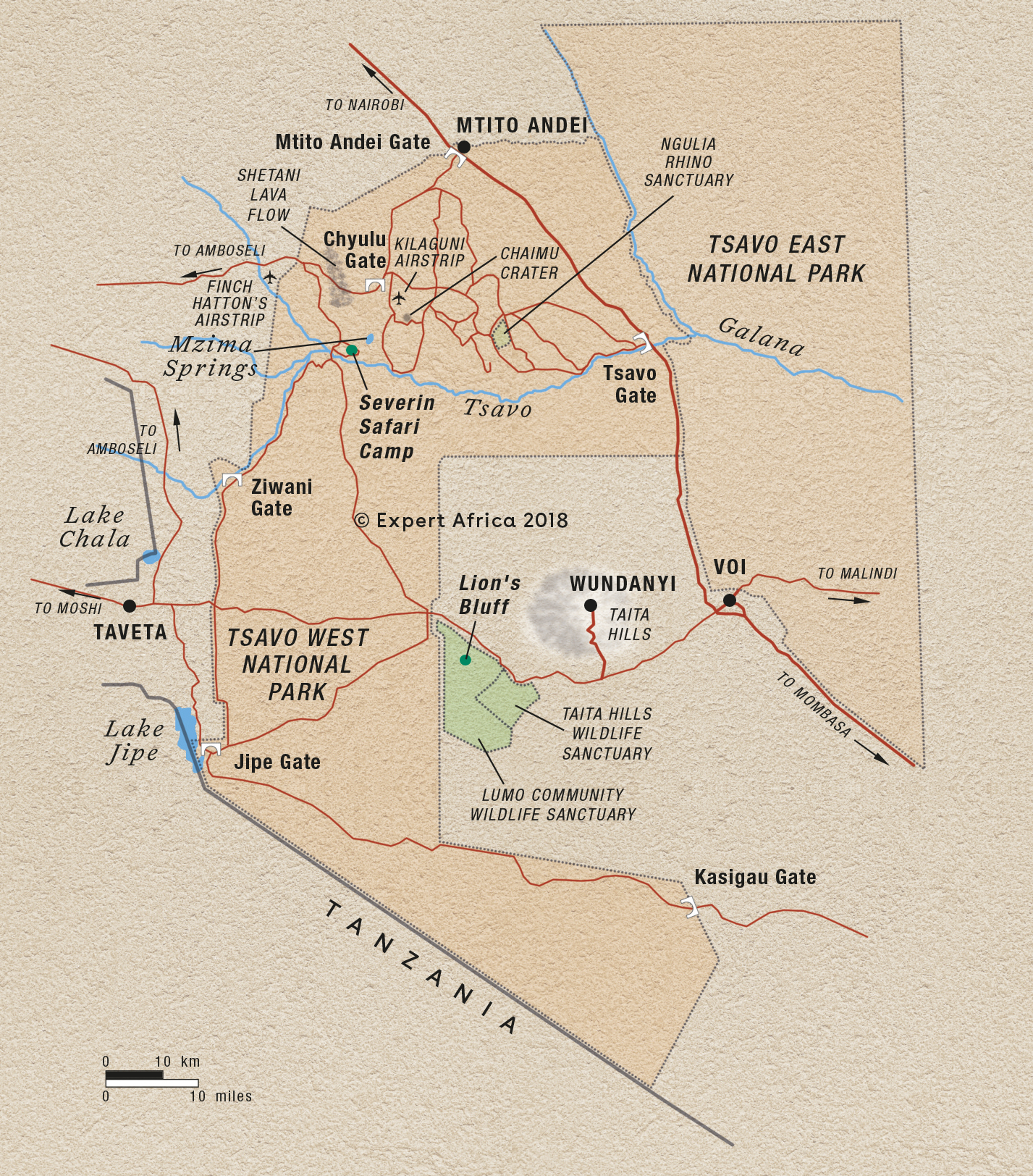
Tsavo West National Park: Safaris

Elephant Safari
10 days • 3 locations
NAIROBI AIRPORT TO NAIROBI AIRPORT
This example of a mid-range Kenya safari and beach trip explores the wildlife of Tsavo West's volcanic plains and woodlands, Tsavo East's immense plains and the white-sand beaches and lush environment of Diani Beach.
US$5,860 - US$6,300 per person
Best 2 lodges and safari camps in Tsavo West National Park
Listed below are our recommendations for nice places to stay in this region. Ask us for more details of what's likely to suit you best

Severin Safari Camp
Severin Safari Camp is a carefully managed and unfenced safari camp, in a game-rich part of Tsavo West, close to Mzima Springs and dramatic nearby lava flows.

Lions Bluff Lodge
The community-owned Lion’s Bluff is spectacularly sited at the end of a dramatic ridge, with stunning sunsets and sunrises and good views of Kilimanjaro in clear weather.

Looking for inspiration on where to travel next?
Visit our trip chooser to explore your options and find inspiration for your perfect African adventure
Inspire meVideos from Tsavo West National Park
Watch these videos to learn more about Tsavo West National Park
